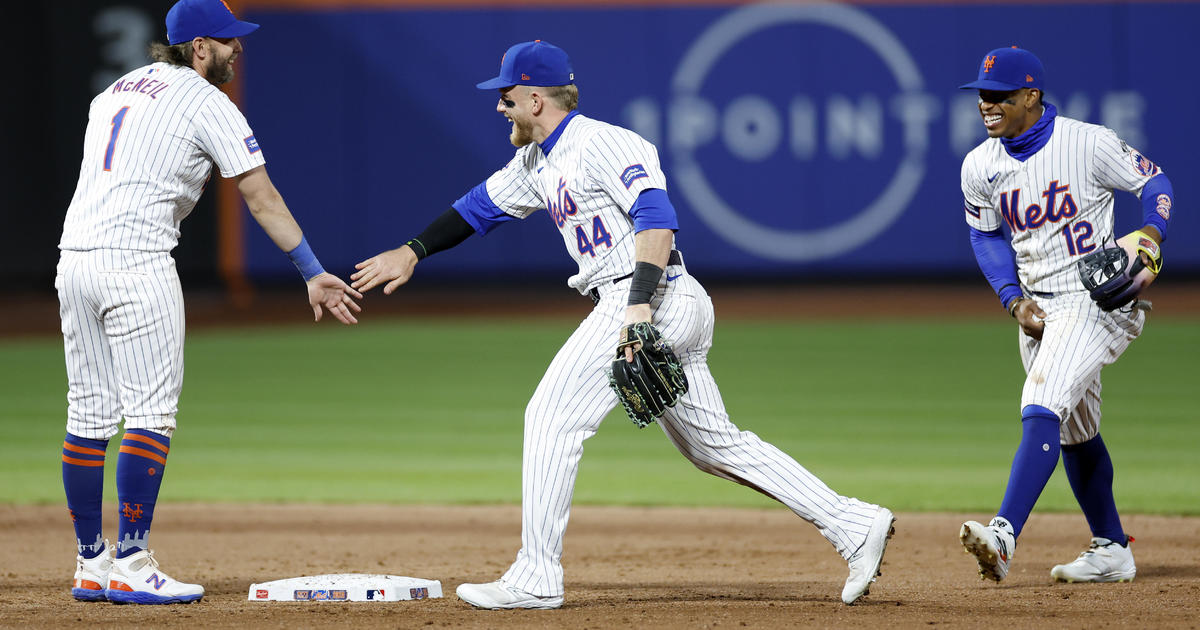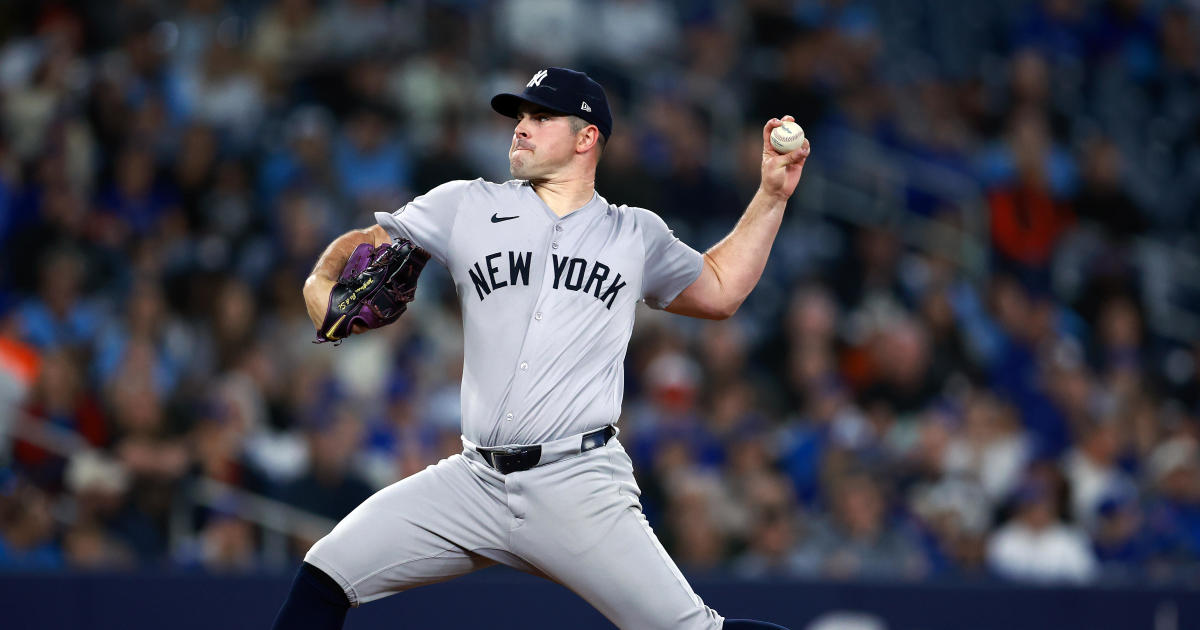Sims: Ike Davis' Early Injury A Cause For Concern For Mets
By Abby Sims
» More Columns
It doesn't take a medical degree to know that the walking boot currently sported by Ike Davis foreshadows a troubled early season for the Mets' oft-injured first baseman.
This time it's a right calf strain that is the culprit. Davis missed all but 36 games in 2011 after an injury to the left ankle and calf that included a bone contusion, ligament sprain as well as a reported calf strain. That season was followed by a diagnosis of Valley Fever, a lung infection he suffered to kick off the 2012 campaign. The soon-to-be 27-year-old is fighting for his starting job with Lucas Duda (28), who also hasn't been at full capacity due to the cranky hamstring he hurt on March 3.
Davis and the Mets' staff stated that the walking boot is a precaution to minimize the stress to his vulnerable calf and accelerate the healing process. Though true, it should be noted that it isn't likely he'll be sprinting around bases and pushing his limits on the field as soon as is predicted. Though he's undoubtedly receiving daily treatment, if the demands of routine activity -- such as walking -- pose a deterrent to his recovery, then Davis will first have to ramp up that stress and see how the calf performs before adding a running program to the mix. Even then, it's a process. Muscle strains can be nagging. If not fully healed upon return to full activity, they often recur. Of course the degree of the initial insult is a significant factor, and Davis may only have a mild strain.
A muscle strain is really a tear to some degree -- from a Grade 1, involving only minimal disruption of the muscle fibers, to a Grade 3, which is a complete rupture. Grade 2 injuries, where there is a relative degree of tearing of the tissue, create the most uncertain recoveries, as it takes a full year for the tensile strength of the tissue to return to normal. Putting 100 percent of the demands of sport on a weakened tissue is what causes the injury to linger, or become exacerbated. Even if rest and light activity don't provoke symptoms, going full-out presents a risk.
There are two primary muscles in the calf: the two-headed gastrocnemius (gastrocs) which forms the very visible muscle bulk from below the knee to mid calf, and beneath it, the smaller and less visible soleus muscle (view image). Both muscles act to point the foot (toward the floor) and are crucial tothe push-off that is necessary to walk, run and jump. The gastrocs cross the knee and ankle and are most active at the ankle when the knee is straight (extended). The soleus is a one-joint muscle crossing only the ankle. It is a prime mover to point the foot when the knee is bent. The tendons from these muscles contribute to the Achilles tendon, which inserts on the heel bone (calcaneus).
Use of a walking boot can impact calf strength due to disuse atrophy, and this must be overcome before activity is likely to be symptom-free. Progressive (and pain-free) strengthening is a crucial component of the rehab process.
CALF STRAINS AND THEIR RELATIONSHIP TO ACHILLES RUPTURES
A weak soleus is one factor that can predispose to an Achilles rupture at the area where the muscle transitions to tendon (the musculotendinous junction). This type of Achilles rupture occurs more often in younger recreational athletes.
Other added risks -- particularly with longer-term use of a walking boot -- are a loss of mobility in the ankle joint (due to immobilization) or decreased flexibility of the calf muscles. These are also addressed during treatment to prevent them from occurring and are not as relevant for Davis, whose use of the boot will be limited.
Achilles ruptures within the tendon tend to occur in the over-30 set and are generally precipitated by inflammation or degeneration of the tendon (tendinitis or tendinosis). Overloading the already-compromised tissue -- particularly eccentrically ("lengthening contractions") with the knee straight -- is a frequent precipitating factor.
Another common risk factor for Achilles ruptures is a loss of calf flexibility.
Follow Abby on Twitter @abcsims.
You May Also Be Interested In These Stories



